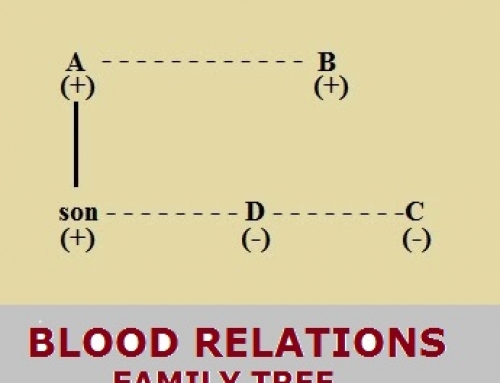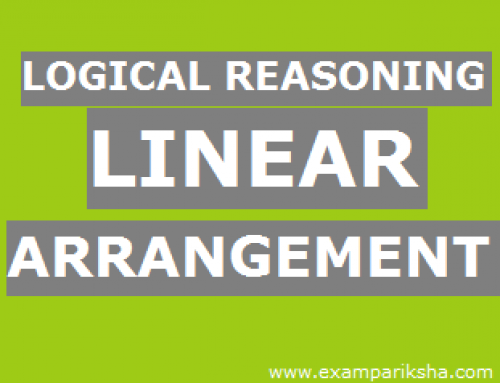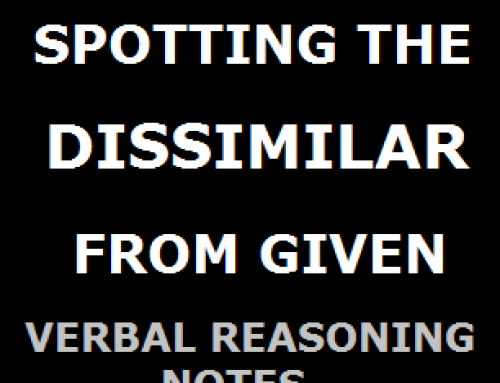Questions on circular arrangement involve seating of people around a table or arrangement of things in a circular manner (for example, different coloured beads strung to form a necklace).
In case of people sitting around a table, the table could be of any shape – rectangular, square, circular or any other.
The data given in such sets of questions specify the positions of some or all of the individuals (or things) in the arrangement. The positions are specified through conditions involving specified persons sitting (or not sitting) opposite each other or a particular person sitting to the right or left of another person, etc.
Once you read the data, first draw the shape specified in the data and then draw the slots in the seating arrangement. It is recommended that you draw straight lines rather than, a circle (which is more obvious and time consuming choice).
Statements like ‘A and B are sitting farthest from each other’ or ‘A and B sit across the table’ imply that A and B sit opposite to each other.
On the other hand, you should remember that, unlike in straight-line arrangement, the words “immediately” and “directly” do not play any role in circular arrangement. In general, there is no left side or right side (unless we are talking of ‘immediate right’ or ‘immediate left).
So if it is given that C sits to right of B, then it is clear that C must be to the immediate right of B. Go “anti-clockwise” if anybody’s right has to be located, and go “clockwise” if somebody’s left has to be located.
Also, if A is sitting immediate left of B, it implies that B is on immediate right of A.
In order to avoid confusion between left and right in the circular seating arrangement and also in other shapes, you should assume all people are facing to the center (until they specify the direction otherwise).
Tip for Syllogism:
If you are struck on some line given in the question then better skip it for the moment and come back for it later after getting another clue.
Consider the following example;
Statement: P,Q,R,S and T sit around a table. P sits two seats to the left of R and Q sits two seats to the right of R.
Solution: P sits two seats to the left of R and Q sits two seats to the right of R. We can represent this information in the diagram as depicted below:

Now let us consider the given questions :
Q1. If S sits in between Q and R, who sits to the immediate right of P?
This means S is seated between Q and R. And as can be seen from the diagram, T is to the immediate right of P.

The question is solved by following a logical approach to various seating arrangement plans.
This section of circular seating arrangement is one of the crucial section of competitive examinations. While the questions asked under this are easy. It is important to come up with right diagram to ensure you answer the questions that follow correctly. Hence, practice must be done with full vigor to ensure accuracy in the exams.





